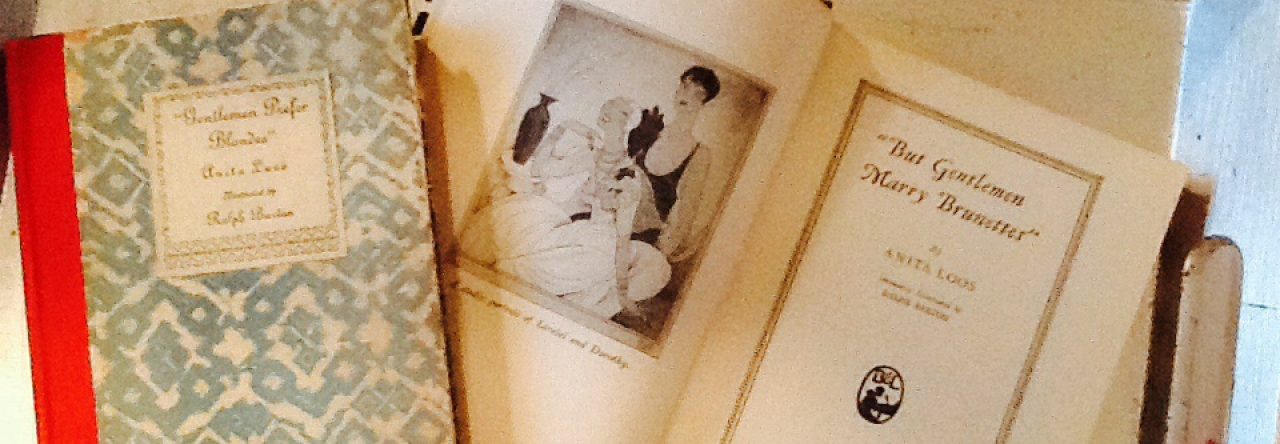 published March 15, 2015
published March 15, 2015
Viking Press
Chevalier’s absorbing new book traces US pioneer migration from east coast to west through the fictional Goodenough family. With one family’s struggle to tame a barely habitable patch of land, and a son’s journey to find his place in a still new and expanding country she strips the romanticism out of pioneer life, without making the world totally bleak or lacking in kindness. And of course, there are the apples and their ability to be uprooted, to thrive in unlikely places, to be grafted and strengthened, and to evoke memories.
In the 1830s James and Sadie Goodenough left family orchards in Connecticut – where the land had been cleared and established a generation or two back – to stake a farm in the new territories. Where they landed, or got stuck, was Black Swamp, Ohio. James is a single-minded man, more interested in apples than people, and determined to get 50 trees producing on the unforgiving land in three years so by law he can keep his claim (not that any government official ever treks through the miles of mud to check.) Spirited, vulgar Sadie, crushed by loneliness and the loss of child after child to swamp fever (only five of 10 survive), spends her days downing hard cider. Her bright spot is the occasional visit from John Chapman – better known to us as Johnny Appleseed – who views her husband’s tree grafting suspiciously, talks endlessly of God, and never points out her drunkenness.
Together James and Sadie participate in petty, vicious wars with each other, sometimes using the children as weapons against each other. The fallout from these battles is some of the most heartbreaking parts of the book.
The book then takes a 17-year leap forward, linked by a series of unanswered letters written home by Robert, the youngest child who shared his father’s love for apples and admiration for trees. Spaced sometimes years apart his letters tell of his peripatetic travels across the country eventually landing in a California gold miner’s camp where we pick up the narrative again and “At the Edge of the Orchard” becomes Robert’s story. He has run as far from home as he can on land, and it brings him again to trees. This time, the ancient Redwoods and Sequoias. It is against the backdrop of these giants that he will face his family’s past and legacy, his lonely, rootless existence, and decide his path going forward.
Chevalier is always admired for her research and this novel conveys so much information without getting dry or encyclopedic. The addition of a colorful cast of characters, some straight from history, makes this a satisfying read for lovers of historical fiction.
Happy reading!
An advance galley of this book was provided by the publisher in exchange for an honest opinion.
